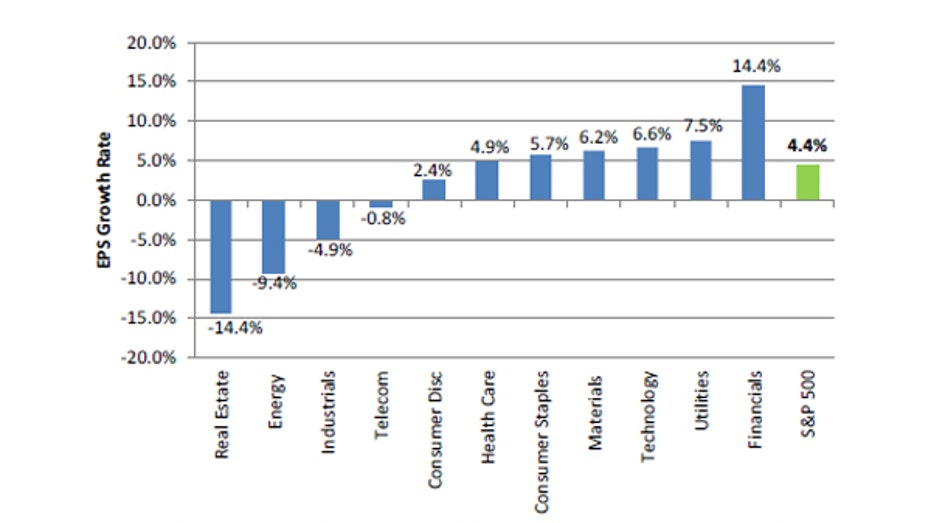What's Behind the Dow's 20K Delay

The wait for Dow 20000 has been an anxious one on Wall Street.
Though equities hover at record levels, the Dow Jones Industrial Average’s next major milestone continues to evade investors 45 days after the blue-chip index crossed 19000 for the first time ever. The climb is remniscent of a similar rally in 2006-2007 when the Dow raced 2000 points higher between November and the following July. While much attention has been paid to the approaching record, it’s not often the Dow crosses a new threshold so quickly. It took 700 days for the index to trade from 18000 to 19000 in 2016, 173 days to go from 17000 to 18000 in 2014, and 224 days to advance from 16000 to 17000 also in 2014, according to data compiled by S&P Dow Jones Indices.
On Monday the Dow tipped lower after the blue-chip index came within a fraction of a point of 20K Friday, hitting 19999.63 on the heels of the December jobs report, which showed wages in 2016 grew the most in seven-and-a-half years.
After ending Friday’s session lower, the Dow extended its declines at the start of the week thanks to a number of factors including a more than 2% drop in oil prices amid jitters about whether U.S. crude production could offset OPEC’s self-imposed output limits, and a drop in Coca-Cola shares (NYSE:KO) after a downgrade from Goldman Sachs’ analysts (NYSE:KO).
“We’ve flirted with the milestone for two weeks, trying to pierce it, and it seems to have met resistance of selling at that level,†said Bill Northey, chief investment officer at U.S. Bank Private Client Group. “As we move forward, we have a couple big elements in focus, the inauguration in less than two weeks and the start of fourth-quarter earnings…tangible data is likely to be the driver.â€
On Friday, three of America’s biggest banks, including Bank of America (NYSE:BAC), JPMorgan Chase (NYSE:JPM), and Wells Fargo (NYSE:WFC), reveal how they performed during the last three months of 2016. Overall, fourth-quarter earnings are expected to post 4.4% yearly gains in what would be the second-consecutive increase in quarterly earnings after four-straight quarters of declines, according to data from S&P Capital IQ.
Financials are expected to lead those gains, and it's the only sector poised for double-digit earnings growth, thanks to gains in equity, fixed income, and currency trading for investment banks, and a post-U.S. election rise in interest rates and anticipated decline in Wall Street regulation.

While optimism gripped equity markets in the last two months of 2016, and continues to be, for the most part present in 2017 action, Northey warned the market will need to see actual underlying earnings growth to continue that forward momentum.
“Our expectation is we’ll see some degree of growth over 2017 but much of it will be influenced by factors that have created euphoria: Promises of tax cuts, infrastructure spending, a relaxation of certain digress of regulations,†he said.
Indeed much of Wall Street’s burst higher after the Nov. 8 election was powered by President-elect Donald Trump’s campaign-trail promises in which he vowed to lower taxes, cut burdensome Wall Street regulations including the Dodd-Frank financial reform law enacted in the wake of the 2008 financial crisis, and put in place a plan to bolster the nation’s ailing infrastructure.
“Investors are grappling with where does some of the campaign promise meet reality in terms of spending levels for infrastructure, and more importantly, tax rates and how it’s funded. Generally, the investing community is thinking those are going to be a boon to companies in terms of earnings, but the level to which it happens is very much in question,†said Ralph Basset, head of North American equities at Aberdeen Asset Management.



















